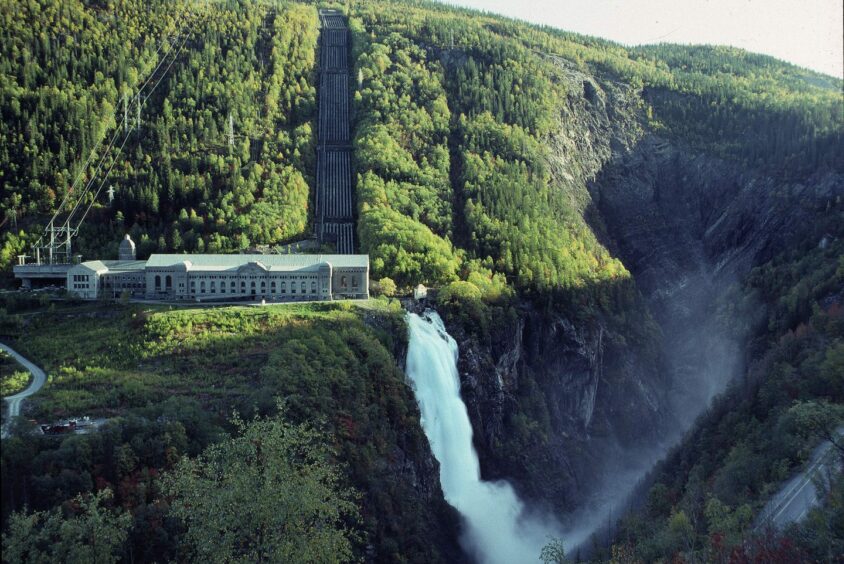
The Norwegian government has announced a suite of resource rate hikes and windfall taxes on hydropower and wind generation, in a bid to redistribute profits from high electricity prices.
The country’s centre-left administration announced proposals on Wednesday that would see it introduce a ‘resource rent tax’ on the aquaculture and wind power sectors and raise existing resource taxes on hydropower.
In addition, it proposed an extraordinary tax on wind and hydropower generators, levied in response to high electricity prices.
Altogether it estimates the measures will raise approximately NOK 33 billion (£2.8bn) in annual tax revenues, but the move will see taxes on some generators reach an effective marginal rate as high as 90%.
Prime Minister Jonas Gahr Støre said the measures would help “protect welfare for all” in Norwegian society.
“After many years of increasing inequality, it is vital that those who have the most, and in many cases have gained significantly more in recent years, contribute more. An important part of this will be to ensure that the values that come from our natural resources must be distributed more equitably than today,” he added.
Under the measures, the hydropower sector would see an increase in its effective rate from 37 to 45%, effective from the 2022 financial year.
Including corporate tax, it would represent a total marginal tax rate of 67% for hydropower – 11 percentage points lower than the equivalent for the country’s oil and gas sector.
Small hydropower stations do not pay resource rent tax and are therefore unaffected by the proposals.
For onshore wind, it would set a new resource rent tax with at a rate of 40%, effective as of 1 January 2023. Included with corporation tax and deductions, the formal resource rent tax rate will be set at 51.3%.
The obligation would apply to wind farms that are subject to licensing – i.e. those with more than five turbines or installed capacity of 1 MW or more.
Tax revenues would be distributed equally between the central and local government.
The proposal will be sent out for consultation before the end of the year.
Finally, both sectors would also be subject to a proposed “high-price contribution” – an additional tax of 23% of power priced above NOK 0.70 per kWh.
The tax will apply from 28 September to hydropower stations with generators with a total rated output of 10,000 kilovolt-amps (kVA) or more, and from 1 January 2023 to other hydropower plants and wind farms.
For power sold under contract, the tax will apply to the contract price, while volumes sold on the spot market will see the rate applied to the spot price achieved during the corresponding period.
The levy will not be deductible from corporation tax, the government confirmed.
All told, the measures will see hydropower generators affected by both policies face an overall marginal tax rate of 90%.
“We propose long-term measures that ensure redistribution and the necessary income, both next year and in the years to come. And we propose extraordinary tax measures adapted to today’s situation, where high electricity prices make it difficult for many, but give significant extra income levels for those who produce and sell the electricity,” added Mr Støre.
The measures account for roughly one-third of the additional NOK 100 billion the government must raise to balance budgets next year, as it faces rising welfare payments, electricity subsidies and major construction projects.
“In reality, we have two ways to close this gap: major cuts in welfare such as pensions, health, police and care for the elderly, or through tax increases. Spending cuts that provide funding of the magnitude needed now will not be compatible with the society we wish Norway to be,” commented Minister of Finance Trygve Slagsvold Vedum.
The measures also come despite record state revenues from oil and gas production, which are expected to reach NOK1.5 trillion ($137bn) this year and even more next year, according forecasts from Nordea reported by the Financial Times.
Recommended for you
